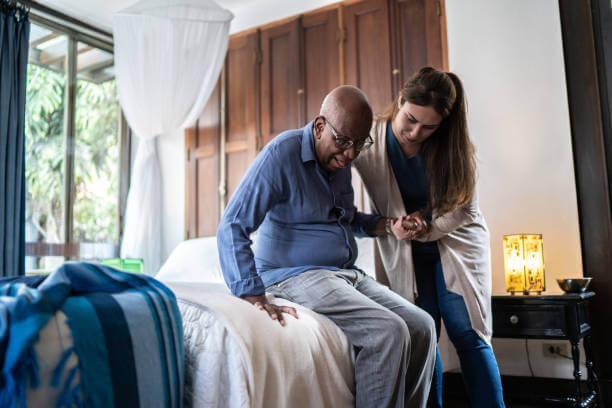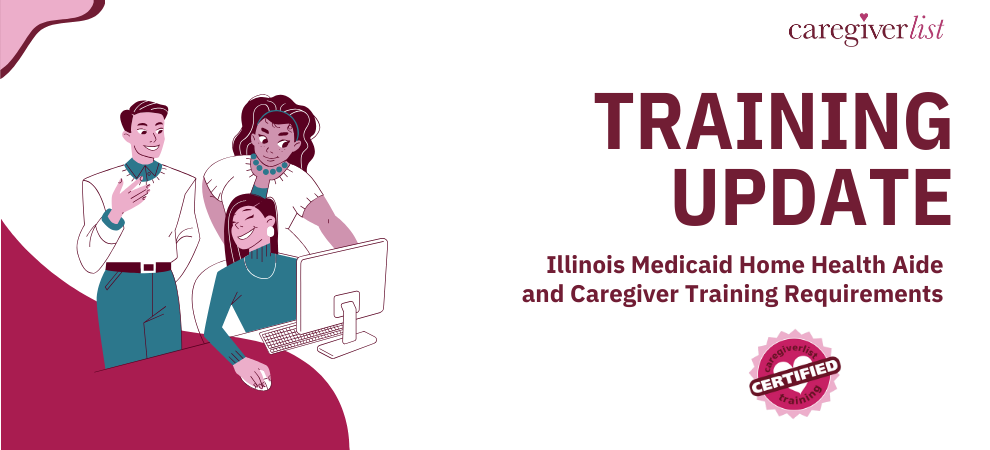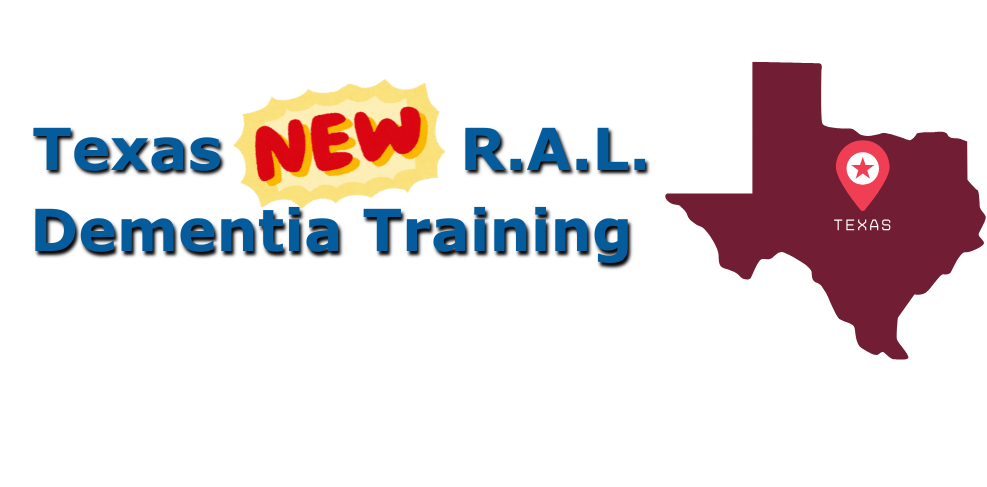Aging in place is an option more in the senior population want to pursue. There’s no place quite so comfortable as one’s own home and community. However, according to AARP, nearly one-third of all Americans over 65 experiences a fall in the home. There are other safety issues that make staying in the home a challenge and the initial accident prevention costs might be off-putting. But in the long run, the costs can be far less to stay home and renovate than to move into Assisted Living.
Senior-proofing the home is much like childproofing the home. Both encourage you to do a room-by-room assessment of potential and hidden hazards. Both take into account the physical limitations their subjects may encounter. And in both instances, safety in independence is key. But do everyone a favor and, for the senior crowd, don’t lock the toilet seat.
Elder home-proofing suggestions abound on the internet, but the most thorough and comprehensive guide to home safety I’ve found comes to us from our friends at AARP. Their AARP Home Fit Guide goes into great depth discussing home livability, home safety and home maintenance to help keep the estimated 83% of seniors who would like to, age at home.
Fall prevention is a huge concern when it comes to seniors living alone. Getting rid of scatter or throw rugs throughout the home, lighting dim passageways, installing shower and toilet grab bars, keeping passageways clear of clutter and wiring, all contribute to fall prevention in the home. If your home needs renovation, contact your state’s Department on Aging for information on available senior home modification services.
Senior safety is addressed outside the home as well as in. Make sure medication dosages are kept current. Visit the eye doctor to gauge general as well as peripheral vision.
Owning a good Medical Alert System, as we’ve written before, is vital. In addition to providing real help in case of an accident or fall, simply possessing such a device can contribute to peace of mind for older adults who live alone.
Occupational Therapists (OTs) can be brought to the home to conduct a full assessment to help maximize an accessible living environment. Also, look for a Certified Aging-In-Place Specialist (CAPS) through the National Association of Home Builders to help with recommending home modifications to help age in place.
Taking preventative steps such as these, along with the help of a family or professional caregiver, can go a long way to help an independent lifestyle a viable senior option.
Caregiver, Senior, MedicalAlert, LivingAlone, Aging in Place, AgingWell







